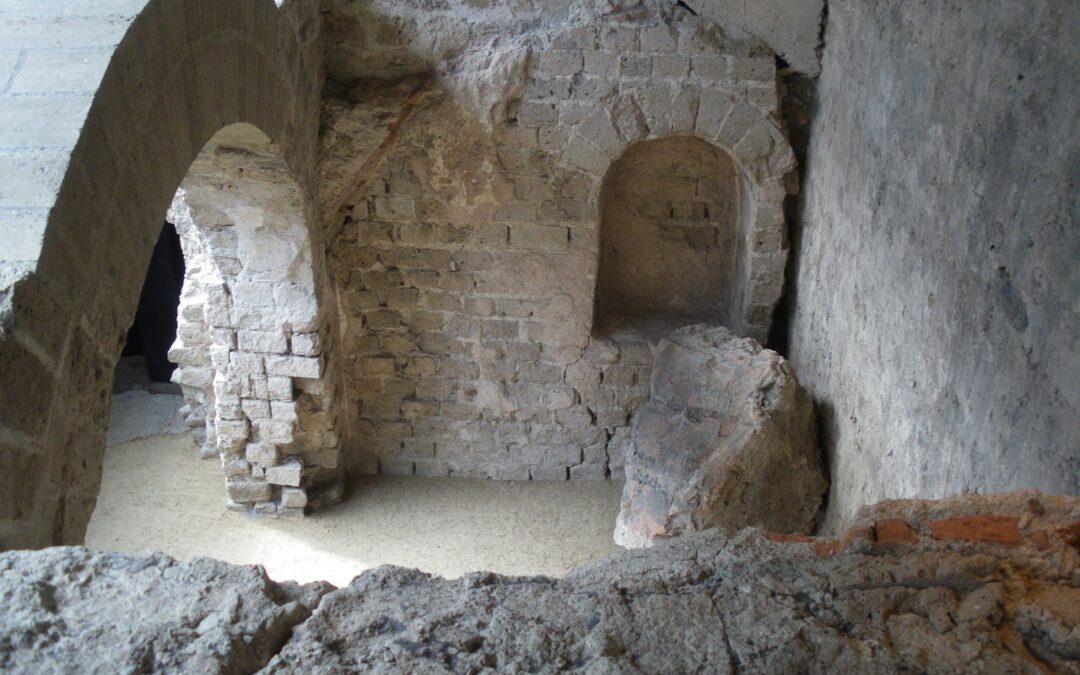Concrete Foundation Reinforcement: A Guide to Ensuring Structural Stability
TL;DR:
Concrete foundation reinforcement is crucial for ensuring the integrity and longevity of structures. By reinforcing concrete with rebar, mesh, or fiber, you can increase its strength, prevent cracking, and resist various forces including tension, compression, and bending.
Contents
- 1 Types of Concrete Foundation Reinforcement
- 2 Benefits of Concrete Foundation Reinforcement
- 3 Design Considerations for Concrete Foundation Reinforcement
- 3.1 Concrete Strength:** The strength of the concrete used should be appropriate for the specific application and load-bearing requirements.
- 3.2 Reinforcement Type:** The type of reinforcement (rebar, mesh, or fiber) should be selected based on the desired strength and flexibility.
- 3.3 Placement:** Reinforcement should be evenly distributed throughout the concrete and placed in areas where tensile or compressive forces are expected.
- 3.4 Lap Length:** The length of the overlap between reinforcement bars should be sufficient to ensure proper load transfer and prevent slippage.
- 3.5 Anchorage:** Reinforcement should be securely anchored to the foundation soil or other structural elements to prevent pullout.
- 4 Installation Procedures
- 5 Conclusion
Types of Concrete Foundation Reinforcement
Rebar
Rebar (short for reinforcing bar) is the most common type of concrete reinforcement. It is made of steel and comes in various diameters and shapes. Rebar is placed within the concrete formwork and tied together to create a rigid framework.
Mesh
Concrete mesh is a grid-like structure made of welded steel wires. It is used in slabs, walls, and pavements to provide uniform reinforcement throughout the concrete. Mesh is easier to install than rebar but offers less strength.
Fiber
Concrete fiber is a synthetic or natural material that is added to concrete to improve its strength and durability. It can be made of glass, carbon, or polypropylene. Concrete fiber reduces cracking and increases the tensile strength of concrete.
Benefits of Concrete Foundation Reinforcement
- Increased Strength: Reinforcement significantly increases the concrete’s ability to withstand tension, compression, and shear forces.
- Crack Prevention: By distributing stresses evenly, reinforcement prevents the formation of cracks due to shrinkage, temperature changes, or settlement.
- Improved Durability: Reinforcement enhances the concrete’s resistance to weathering, corrosion, and impact, extending its lifespan.
- Enhanced Seismic Performance: Properly reinforced concrete foundations can better resist earthquake forces, reducing the likelihood of structural failure.
Design Considerations for Concrete Foundation Reinforcement
Concrete Strength:** The strength of the concrete used should be appropriate for the specific application and load-bearing requirements.
Reinforcement Type:** The type of reinforcement (rebar, mesh, or fiber) should be selected based on the desired strength and flexibility.
Placement:** Reinforcement should be evenly distributed throughout the concrete and placed in areas where tensile or compressive forces are expected.
Lap Length:** The length of the overlap between reinforcement bars should be sufficient to ensure proper load transfer and prevent slippage.
Anchorage:** Reinforcement should be securely anchored to the foundation soil or other structural elements to prevent pullout.
Installation Procedures
- Prepare the concrete formwork and ensure it is level and stable.
- Place the reinforcement within the formwork according to the design specifications.
- Secure the reinforcement to the formwork using wire ties or other methods.
- Pour the concrete into the formwork and ensure proper compaction.
- Cure the concrete according to the manufacturer’s recommendations.
Conclusion
Concrete foundation reinforcement is essential for constructing strong and durable structures. By providing additional strength and preventing cracking, reinforcement ensures the safety and longevity of any structure. By following best practices for concrete foundation reinforcement, you can guarantee the structural integrity of your building for years to come.

